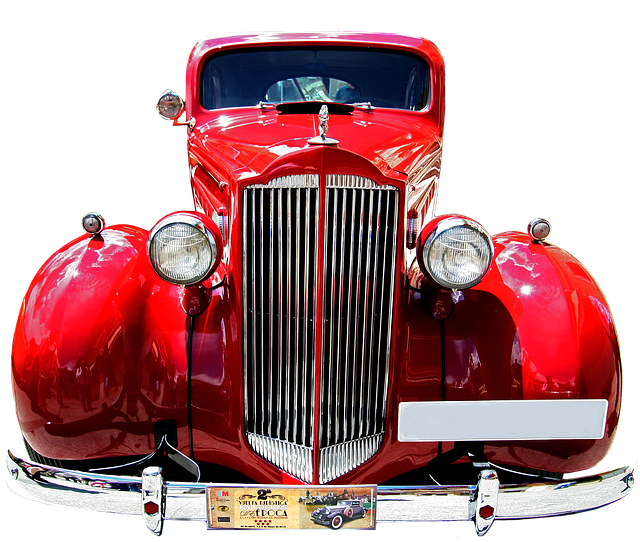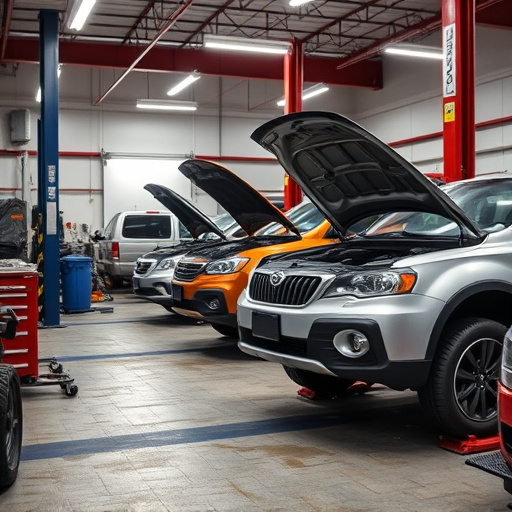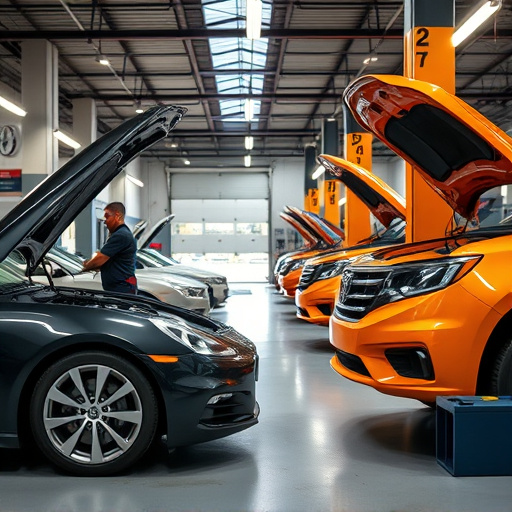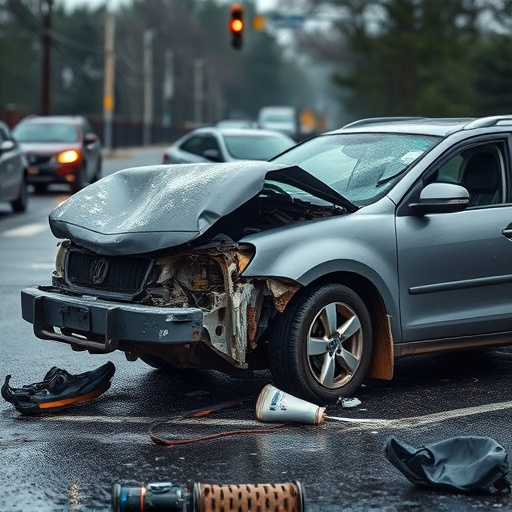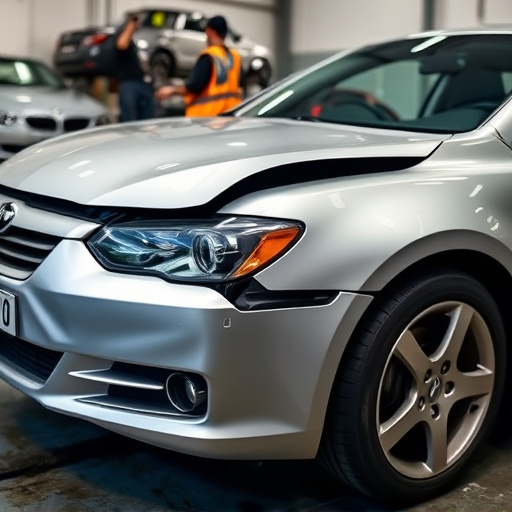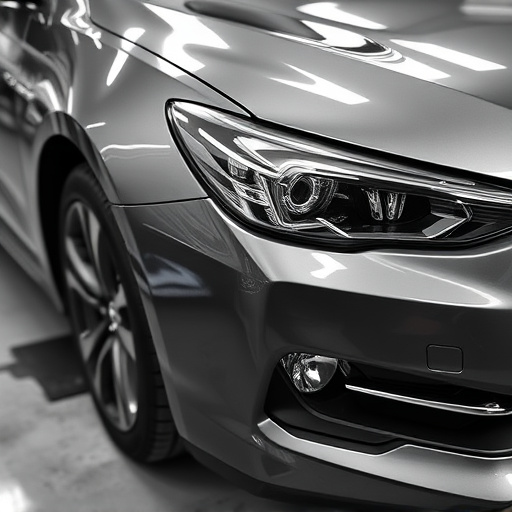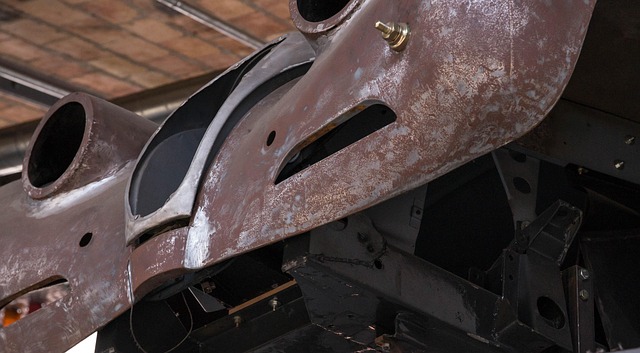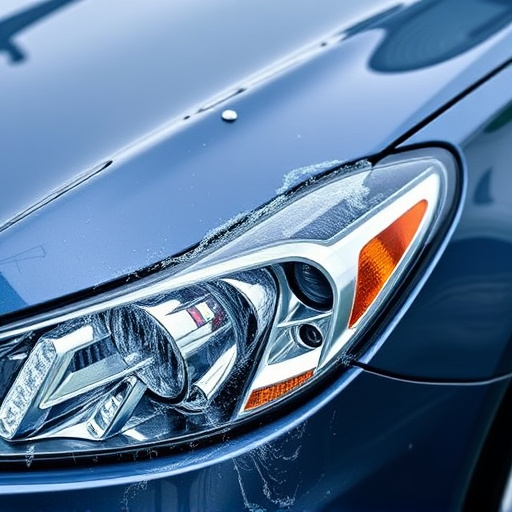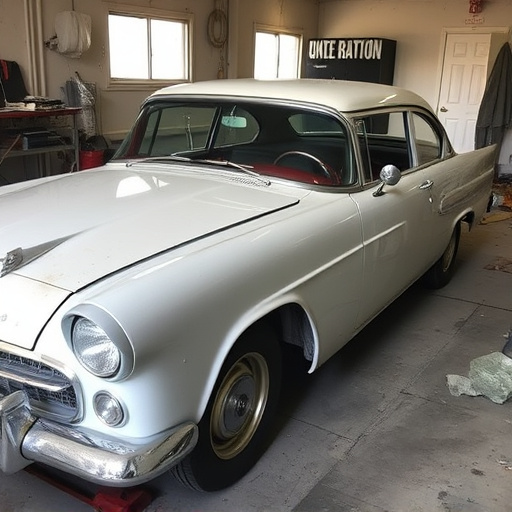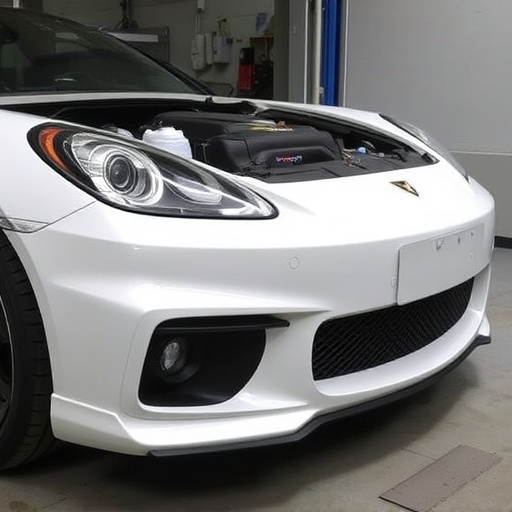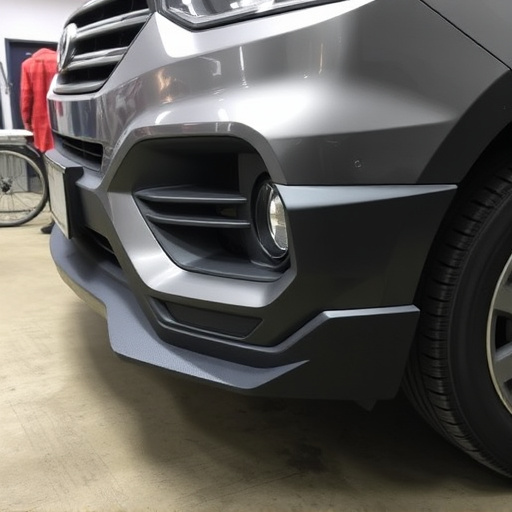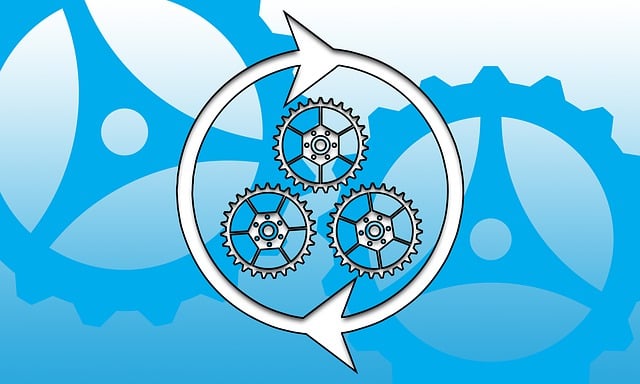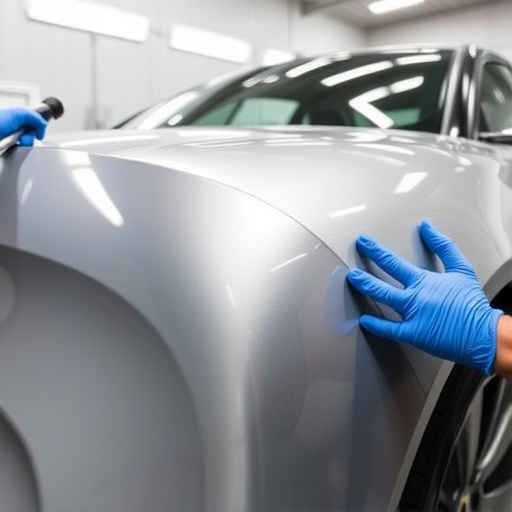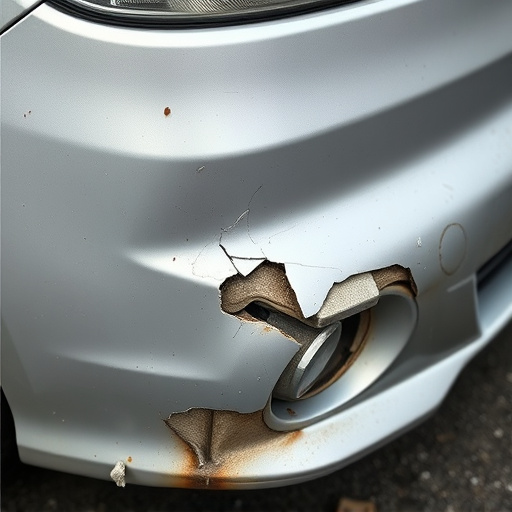Pulling system collision repair is a cutting-edge method preserving structural integrity for vehicles like Mercedes Benz, offering precise panel realignment and efficient repairs without full replacement. Ideal for minor to moderate damage, it reduces costs and maintains aesthetics. For extensive or complex damage, complete replacement may be optimal, ensuring structural safety and performance despite potential part scarcity.
In the realm of automotive restoration, choosing between pulling system collision repair and full replacement is a critical decision. This article guides you through the process, offering insights into when each method excels. We’ll explore ‘pulling system collision repair’—a game-changer for specific damage types. By understanding its benefits, you’ll navigate repairs with confidence. Whether it’s a subtle dent or more complex issues, we break down when this innovative approach is ideal, ensuring your vehicle regains its former glory efficiently and cost-effectively.
- Understanding Pulling System Collision Repair
- When Is Replacement the Better Option?
- Benefits of Pulling System for Specific Damage
Understanding Pulling System Collision Repair
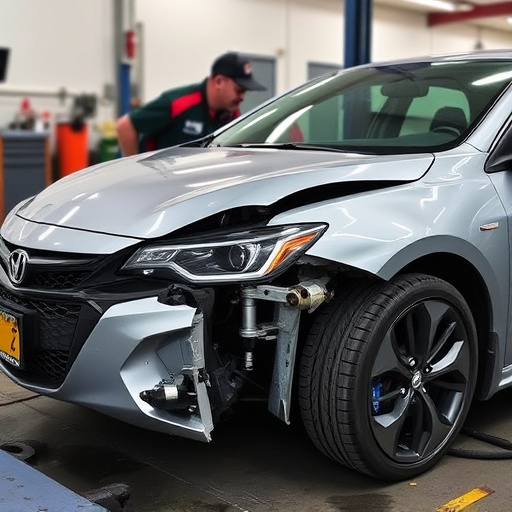
Pulling system collision repair is a specialized technique that involves using advanced equipment to pull and adjust damaged vehicle panels back into their original shape. Unlike traditional full replacement, which may be costly and time-consuming, this method focuses on preserving the existing vehicle structure as much as possible. By utilizing computer-aided technology, technicians can precisely measure and realign components, ensuring a nearly perfect restoration.
This approach is particularly beneficial for mercedes benz repair and other intricate auto painting processes, where maintaining the original aesthetics is paramount. Hail damage repair, for instance, can often be handled effectively through pulling system collision repair, mitigating the need for complete component replacement. This not only reduces costs but also expedites the repair process, getting your vehicle back on the road promptly while preserving its value and appearance.
When Is Replacement the Better Option?
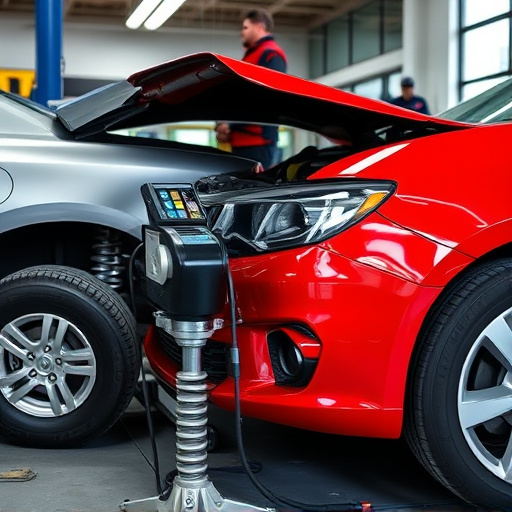
In certain scenarios, a complete replacement might be the preferable choice for collision repair, especially when dealing with complex or extensive damage. Replacement is often recommended for vehicles that are older or considered classics, where original parts may no longer be readily available or cost-effective to source through pulling system collision repair methods. For instance, if a luxury vehicle’s frame has suffered significant deformation, it might be more practical and economical to replace the entire structure rather than attempting intricate adjustments with pulling systems.
Additionally, tire services and fender repair may not always be feasible options for severe cases, where structural integrity is compromised. In such instances, full replacement ensures the safety and performance of the vehicle post-repair. This decision should factor in not only the cost but also the time required for specialized skill sets involved in pulling system collision repair versus the faster turnaround times typically associated with standard replacement procedures for modern vehicles.
Benefits of Pulling System for Specific Damage
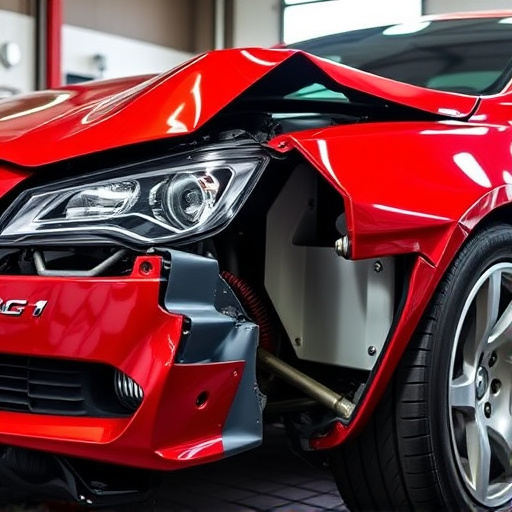
The pulling system collision repair is a highly effective method for addressing specific types of car damage, offering several key advantages over traditional full replacement approaches. This technique is particularly beneficial when dealing with minor to moderate dents and dings, such as those caused by parking lot mishaps or minor fender benders. By utilizing the pulling system, auto body repair professionals can expertly realign bent panels and straighten damaged areas without having to replace entire sections of the vehicle’s body.
This method is cost-effective for car dent repair since it minimizes material waste and labor costs associated with full replacement. Moreover, it preserves the original factory finish, ensuring that the repaired area seamlessly blends in with the rest of the vehicle. For those seeking a swift and efficient solution for car damage repair, the pulling system provides an excellent option, balancing quality repairs with financial prudence.
In conclusion, the decision between pulling system collision repair and full replacement depends on the extent of damage. Pulling system repair is an efficient, cost-effective solution for specific types of damage, offering benefits like preserving original parts and minimizing waste. However, for severe or complex cases, replacement might be the better option. Understanding when to apply each method ensures optimal vehicle restoration, balancing quality repairs with strategic cost savings.

